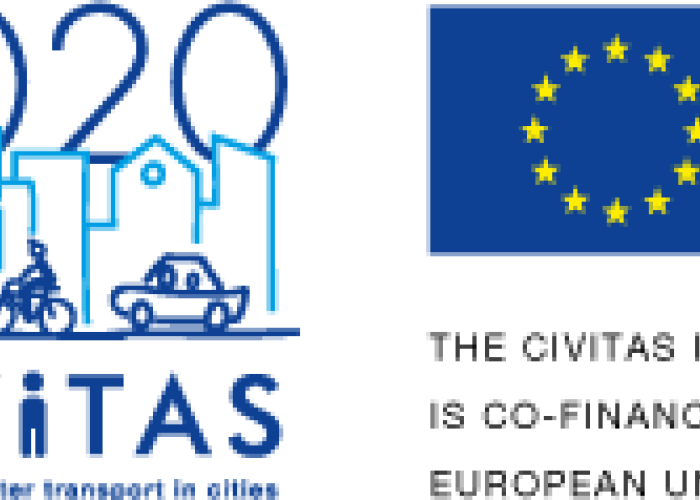Civitas - EU

CIVITAS: Cleaner and better transport in cities - a Network of Cities funded by European Union
- SUMP
- NUMP
Tools & Methodologies
CHEVRE Antoine
Transport Team Leader
Global Roadmap of Action toward Sustainable Mobility - SUM4ALL
Transport is not gender neutral, despite women making up half of the global population. Women are not a homogenous category; they vary significantly in socio-economic status, ethnicity health, education, civil status, age, geographical location and cultural aspects.
Female mobility patterns differ from men’s: women tend to have shorter commuting distances, make more non-work-related trips, use public transport and taxi services more often than men, and frequently travel accompanied by children. Women in both low- and
high-income countries face many mobility challenges.
The Global Tracking Framework (GTF) was difficult to apply to gender because of a lack of disaggregated data. Indeed, the only data on female employment in the transport sector that was continuous in nature included logistics and communications, making it
problematic to set base lines. However, based on this limited data, countries were ranked, and Sweden was identified for a case study as being one of the more progressive countries.
This paper also finds that the transport sector still lacks diversity especially in decision making where women are underrepresented in all levels—political, diplomatic, financial, economic, and commercial sectors—and for all modes of transport. Moreover, women face
many barriers relating to employment in the transport sector.
Limited access to opportunities and concerns about sexual harassment are estimated to be the greatest obstacles to women’s participation in the labor market. For example, in developing countries these two aspects are estimated to reduce female labor force
participation by 16.5 percent. Additionally, 19 countries (out of 189) legally restrict women from working in the same way as men, and globally only 75 countries mandate equal pay for equal work in all sectors.
Moreover, only 32 countries have legislation on sexual harassment in public spaces, including transport.
Gender is a crosscutting theme, and the participation of women at all levels of transport decision making, planning, management and operations must be increased.
Four main entry points were identified in this paper where action is required, these are:
Actions relating to providing women, girls and transgender with accessible, affordable, safe and efficient mobility are divided into five categories—legal, infrastructure design, operational dimensions, training (governments and operators), and engagement with civil society.
Four main sets of interventions and policy measures that can be taken to improve women’s mobility are documented in the catalogue of policy measures.
No internationally agreed target captures the ambition for change. Without doubt, integrating and engaging women and girls will support the achievement of many of the SDGs.
http://pubdocs.worldbank.org/en/229591571411011551/Gender-Global-Roadmap-of-Action.pdf